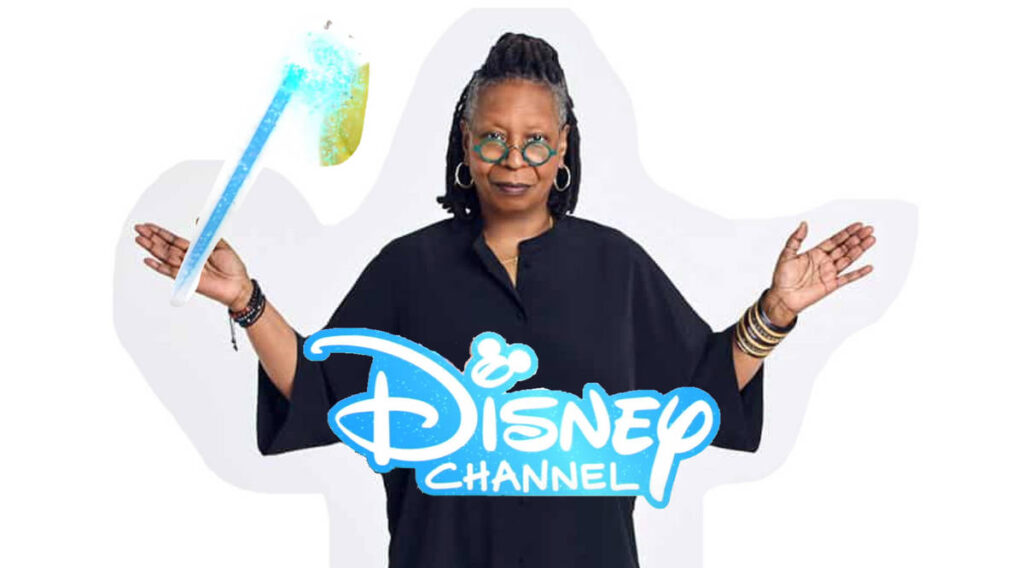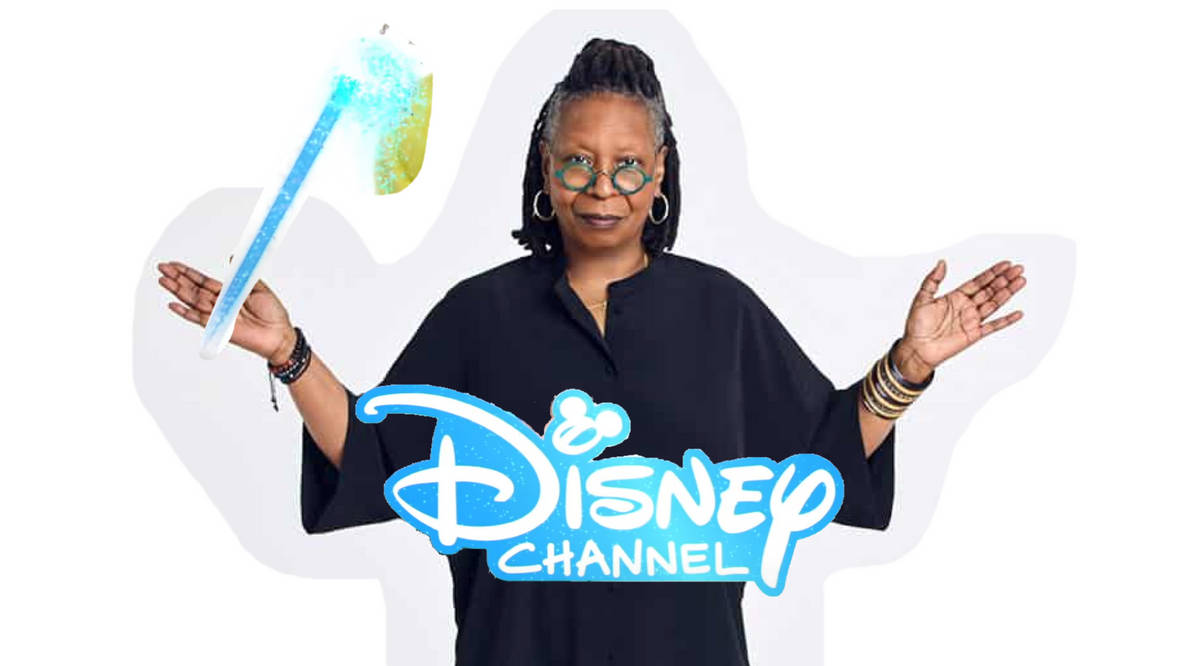
Decoding the Disney Channel Identity: Evolution, Impact, and Future
The Disney Channel identity is more than just a logo or a set of programs; it’s a carefully cultivated brand that has shaped the childhoods of millions, influenced popular culture, and evolved significantly over the decades. Understanding this identity involves examining its historical roots, analyzing its programming strategies, and assessing its impact on young audiences. This article delves into the multifaceted nature of the Disney Channel identity, exploring its past, present, and future, and providing a comprehensive overview of its role in the media landscape.
The Genesis of a Brand: From Premium Service to Basic Cable Staple
The Disney Channel was launched in 1983 as a premium cable service, initially targeting families with a focus on classic Disney animation, educational programs, and original movies. This early iteration of the Disney Channel identity was characterized by a wholesome, family-friendly image. Programming often included vintage Disney cartoons, nature documentaries, and made-for-TV movies aimed at a broad audience. The channel’s subscription-based model meant it had to offer content that justified the additional cost to viewers.
As the cable television market matured, the Disney Channel transitioned from a premium service to a basic cable offering. This shift necessitated a change in programming strategy and, consequently, the Disney Channel identity. The channel began to focus more on original series targeted at pre-teens and teenagers, a demographic that proved highly lucrative and influential. This era saw the rise of shows like “The All-New Mickey Mouse Club,” which launched the careers of numerous future stars, and “Flash Forward,” which catered to an older audience. The Disney Channel was increasingly defined by its focus on youth-oriented entertainment.
Defining the Target Audience: Pre-Teens and the Power of Original Series
The decision to specifically target pre-teens and teenagers was a pivotal moment in shaping the Disney Channel identity. This demographic, often overlooked by other networks, proved to be highly receptive to the channel’s brand of wholesome, aspirational entertainment. Original series became the cornerstone of the Disney Channel’s programming strategy, providing a consistent stream of content that resonated with its target audience. Shows like “Lizzie McGuire,” “That’s So Raven,” and “Hannah Montana” became cultural phenomena, catapulting their stars to fame and solidifying the Disney Channel’s position as a leader in children’s television.
These original series were carefully crafted to reflect the interests and concerns of pre-teens and teenagers. They often dealt with themes of friendship, family, school, and self-discovery, presented in a lighthearted and entertaining manner. The Disney Channel also emphasized positive role models and messages, promoting values such as honesty, kindness, and perseverance. This commitment to wholesome content contributed to the Disney Channel’s reputation as a safe and reliable source of entertainment for families.
The Disney Star Machine: Launching Careers and Shaping Pop Culture
One of the defining characteristics of the Disney Channel identity is its ability to launch the careers of young actors and musicians. The channel has served as a springboard for numerous performers who have gone on to achieve mainstream success. Stars like Britney Spears, Christina Aguilera, Justin Timberlake, Selena Gomez, and Miley Cyrus all got their start on the Disney Channel, demonstrating the channel’s influence on popular culture. [See also: The Rise of Disney Channel Stars]
The Disney Channel has cultivated a unique ecosystem for developing and promoting talent. Young performers are often given opportunities to showcase their skills in multiple formats, including television series, movies, and musical soundtracks. This multi-platform approach allows them to build a loyal fan base and gain valuable experience in the entertainment industry. The Disney Channel also provides extensive support to its stars, helping them navigate the challenges of fame and maintain a positive public image. The success of these performers has further enhanced the Disney Channel identity, solidifying its reputation as a talent incubator.
Evolving with the Times: Adapting to New Technologies and Viewing Habits
In recent years, the Disney Channel identity has had to adapt to the rapidly changing media landscape. The rise of streaming services, social media, and on-demand viewing has presented both challenges and opportunities for the channel. The Disney Channel has responded by expanding its digital presence, creating original content for online platforms, and engaging with audiences through social media. The launch of Disney+ has further complicated the picture, as much of the content that would have previously aired on the Disney Channel now goes directly to the streaming service.
The Disney Channel has also had to address concerns about representation and diversity in its programming. Critics have argued that the channel has historically lacked diversity in its casting and storylines, and that it needs to do more to reflect the experiences of all viewers. In response, the Disney Channel has made efforts to include more diverse characters and storylines in its shows, and to promote inclusivity and acceptance. This ongoing effort to evolve with the times is crucial to maintaining the relevance and appeal of the Disney Channel identity.
Criticisms and Controversies: Navigating the Challenges of Children’s Entertainment
Despite its success and popularity, the Disney Channel identity has also faced its share of criticisms and controversies. Some critics argue that the channel’s programming promotes unrealistic expectations and stereotypes, and that it can have a negative impact on young viewers’ self-esteem. Others have raised concerns about the commercialization of childhood, arguing that the Disney Channel is too focused on selling merchandise and promoting its own brand. [See also: The Impact of Media on Children’s Development]
The Disney Channel has also faced controversies related to the behavior of its stars. Instances of young performers engaging in inappropriate or illegal activities have raised questions about the channel’s vetting process and its ability to protect its stars from the pressures of fame. These controversies have tarnished the Disney Channel identity and forced the channel to re-evaluate its policies and procedures.
The Future of the Disney Channel Identity: Streaming, Global Expansion, and Beyond
The future of the Disney Channel identity is inextricably linked to the success of Disney+ and the company’s broader streaming strategy. As more viewers migrate to streaming platforms, the Disney Channel will likely continue to evolve, with a greater emphasis on original content for Disney+ and a more targeted approach to its linear programming. The channel will also likely expand its global reach, adapting its programming to appeal to audiences in different countries and cultures.
The Disney Channel must also continue to address concerns about diversity, representation, and the impact of its programming on young viewers. By promoting inclusivity, fostering positive role models, and creating content that is both entertaining and educational, the Disney Channel can maintain its position as a leader in children’s television and shape the future of the Disney Channel identity for generations to come. The Disney Channel plays a significant role in shaping cultural norms for young viewers. The Disney Channel needs to be aware of its influence.
In conclusion, the Disney Channel identity is a complex and evolving phenomenon. From its humble beginnings as a premium cable service to its current status as a global entertainment powerhouse, the Disney Channel has shaped the childhoods of millions and influenced popular culture in profound ways. Understanding this identity requires examining its historical roots, analyzing its programming strategies, and assessing its impact on young audiences. As the media landscape continues to evolve, the Disney Channel must adapt and innovate to remain relevant and continue to shape the future of children’s entertainment. The Disney Channel identity is more than just a brand; it’s a cultural institution.
The Power of Nostalgia and the Enduring Appeal of the Disney Channel
The Disney Channel identity also benefits significantly from the power of nostalgia. For many adults, the shows they watched on the Disney Channel during their childhoods hold a special place in their hearts. This nostalgia can drive viewership of reboots and revivals, as well as encourage parents to share their favorite Disney Channel shows with their own children. The Disney Channel understands the importance of nostalgia and often incorporates elements of its past into its current programming.
The enduring appeal of the Disney Channel also stems from its ability to create relatable characters and storylines. Whether it’s dealing with the challenges of adolescence, navigating friendships, or pursuing dreams, Disney Channel shows often resonate with young viewers because they see themselves reflected in the characters on screen. This connection is crucial to building a loyal audience and solidifying the Disney Channel identity.
The Disney Channel’s Impact on Fashion and Trends
Beyond entertainment, the Disney Channel identity has also had a significant impact on fashion and trends. The clothing, hairstyles, and accessories worn by Disney Channel stars often become popular among young viewers, influencing their own style choices. The channel also frequently partners with fashion brands to create merchandise inspired by its shows and characters. This influence on fashion further cements the Disney Channel’s role in shaping popular culture.
The Role of Music in Shaping the Disney Channel Identity
Music has always been an integral part of the Disney Channel identity. Many Disney Channel shows feature original songs and musical performances, which often become hits in their own right. The channel also promotes its stars’ music careers through its programming and marketing efforts. This emphasis on music helps to create a vibrant and engaging viewing experience for young audiences and further reinforces the Disney Channel’s position as a trendsetter in the entertainment industry. The Disney Channel identity and music are closely intertwined.

